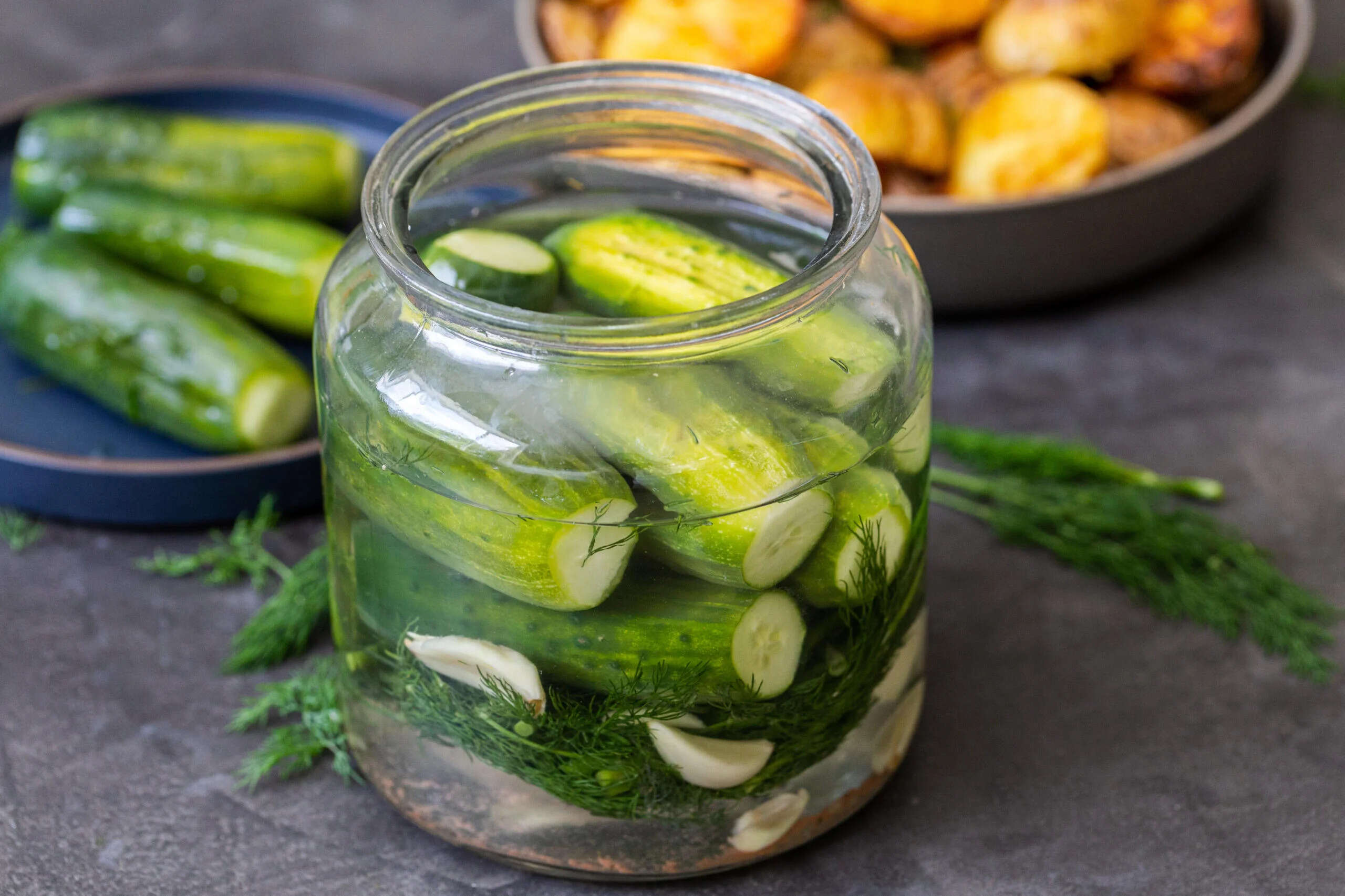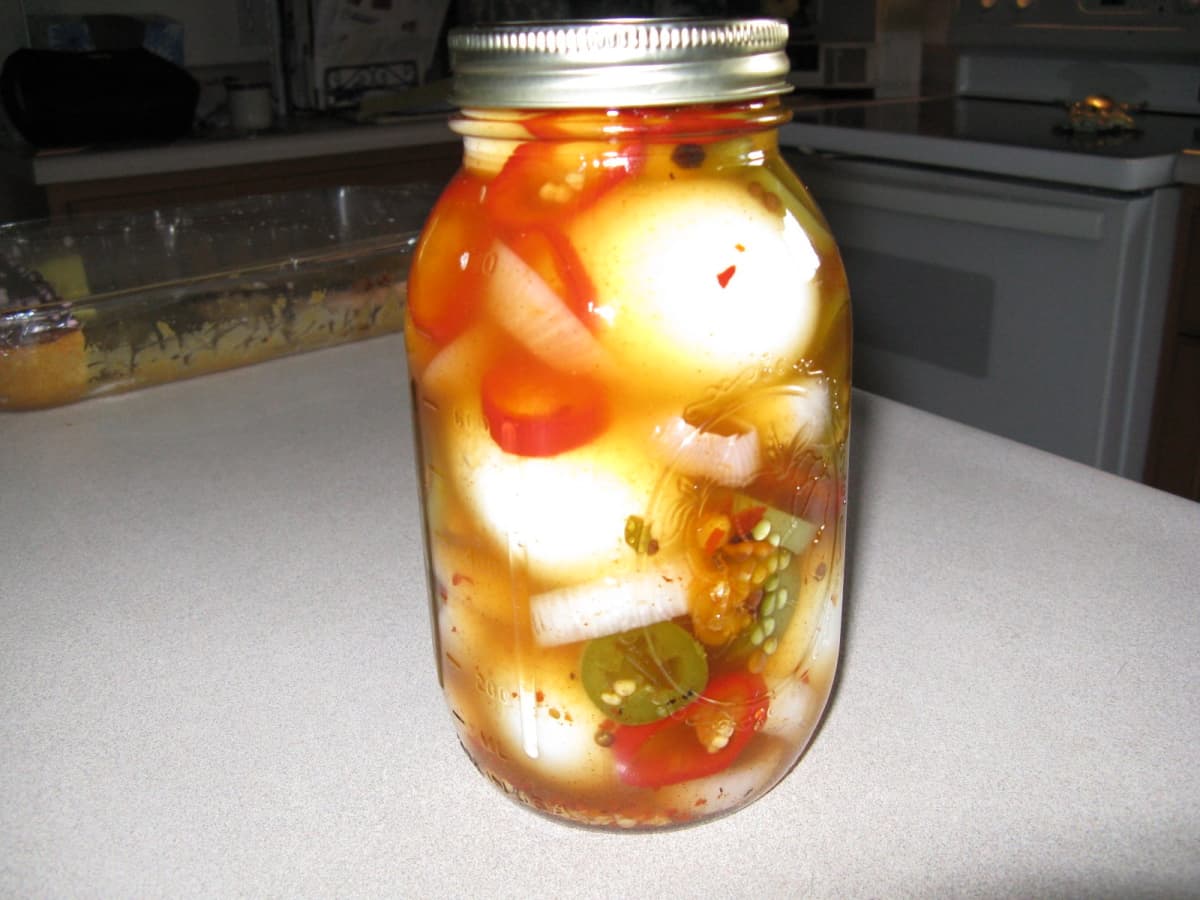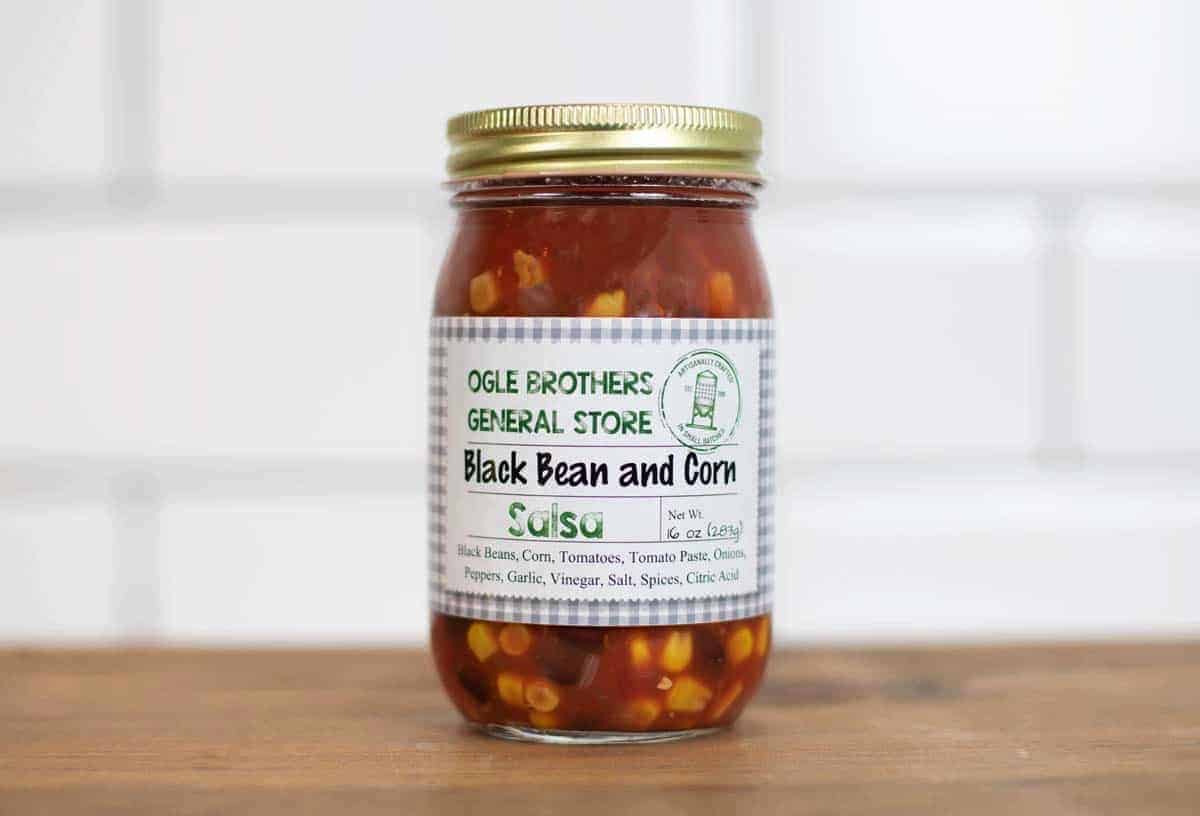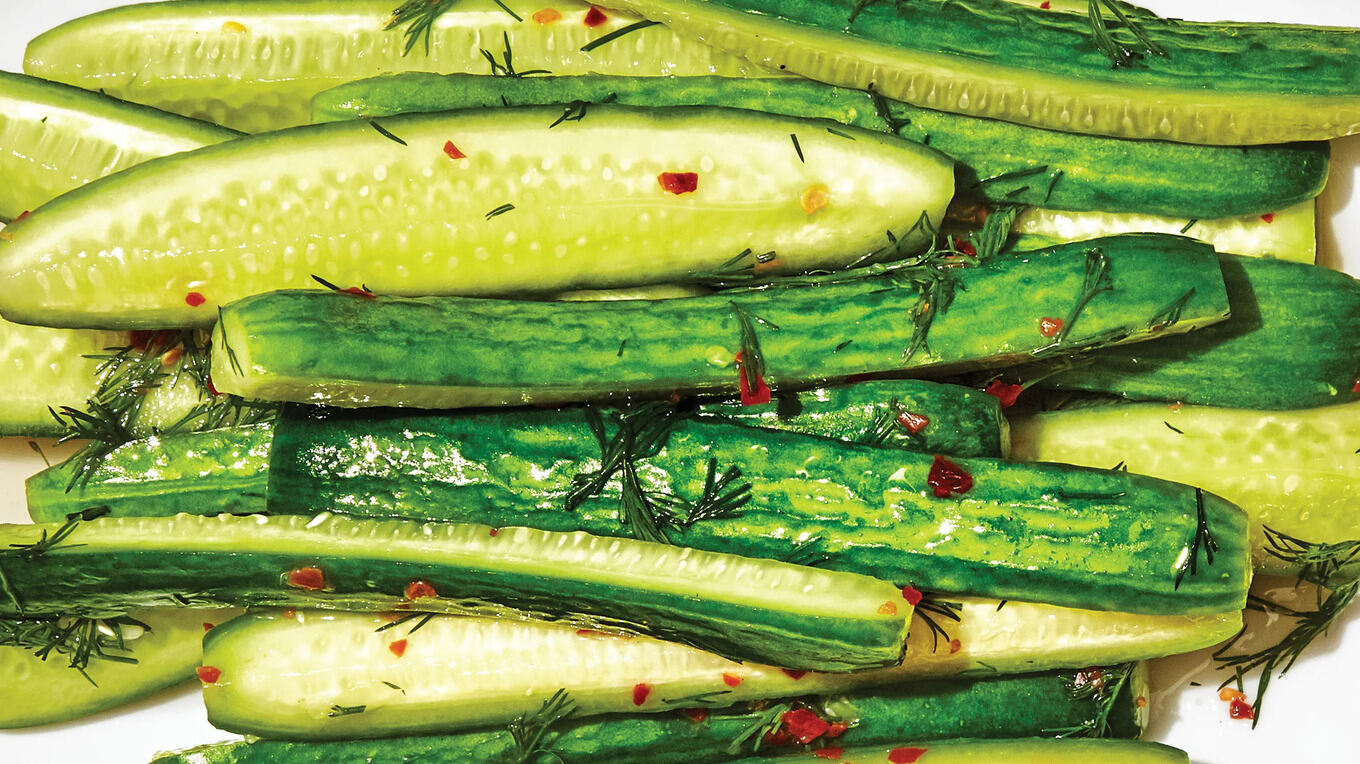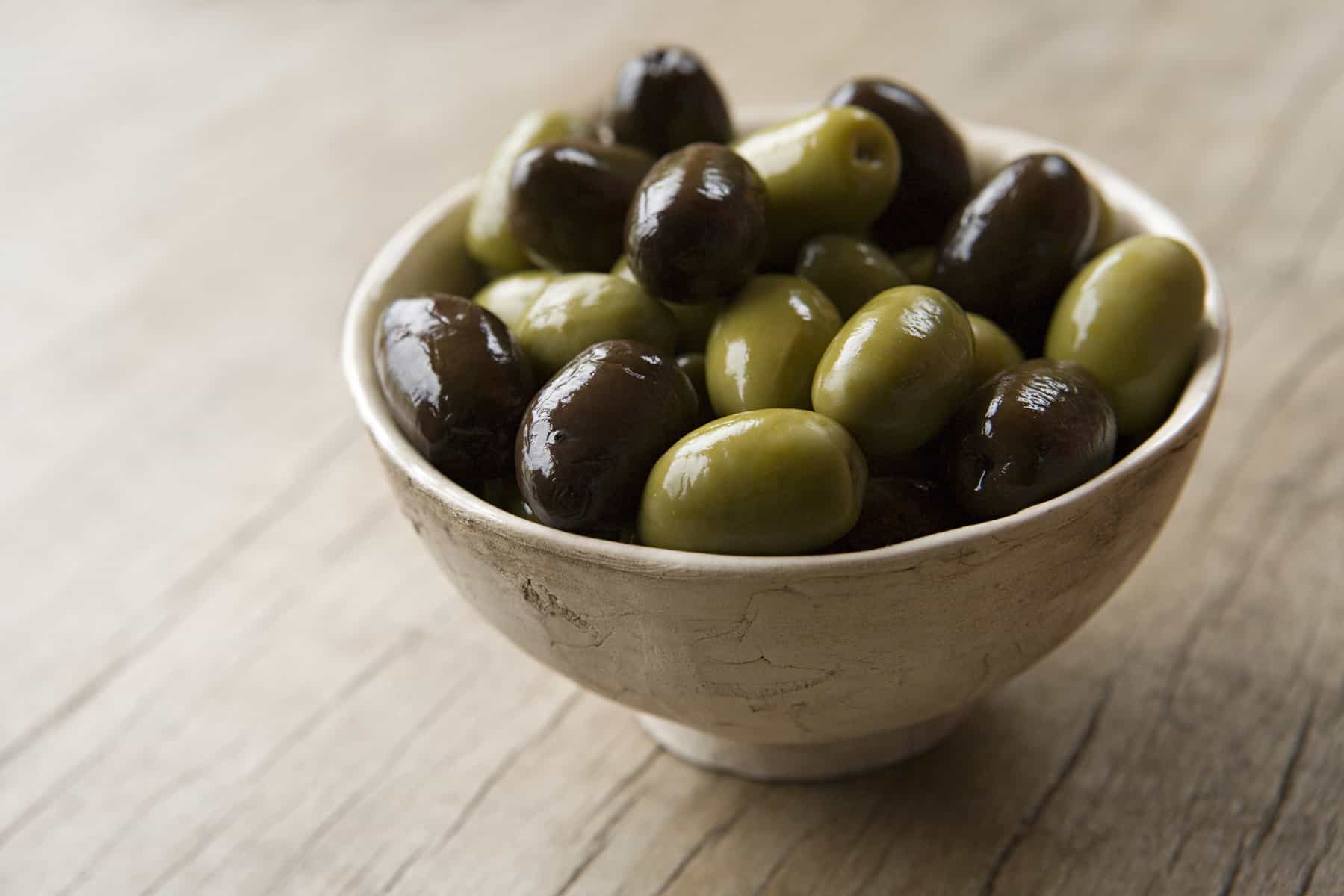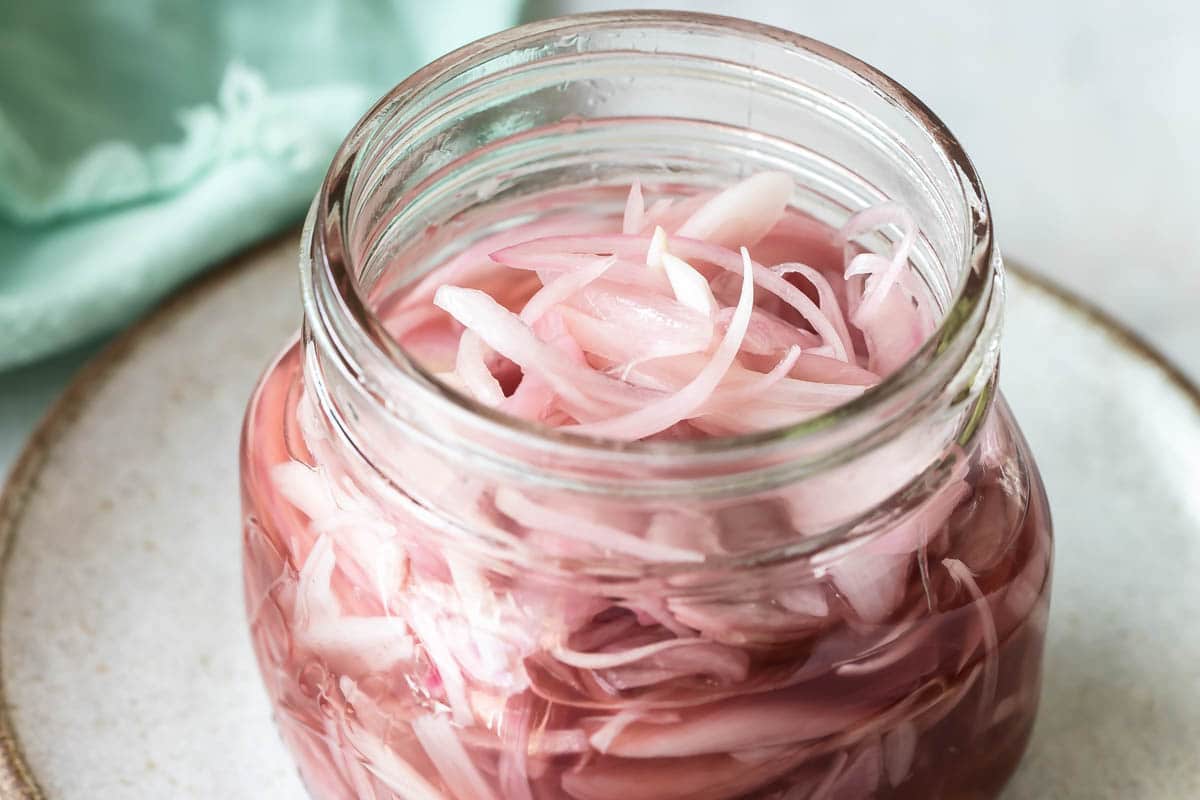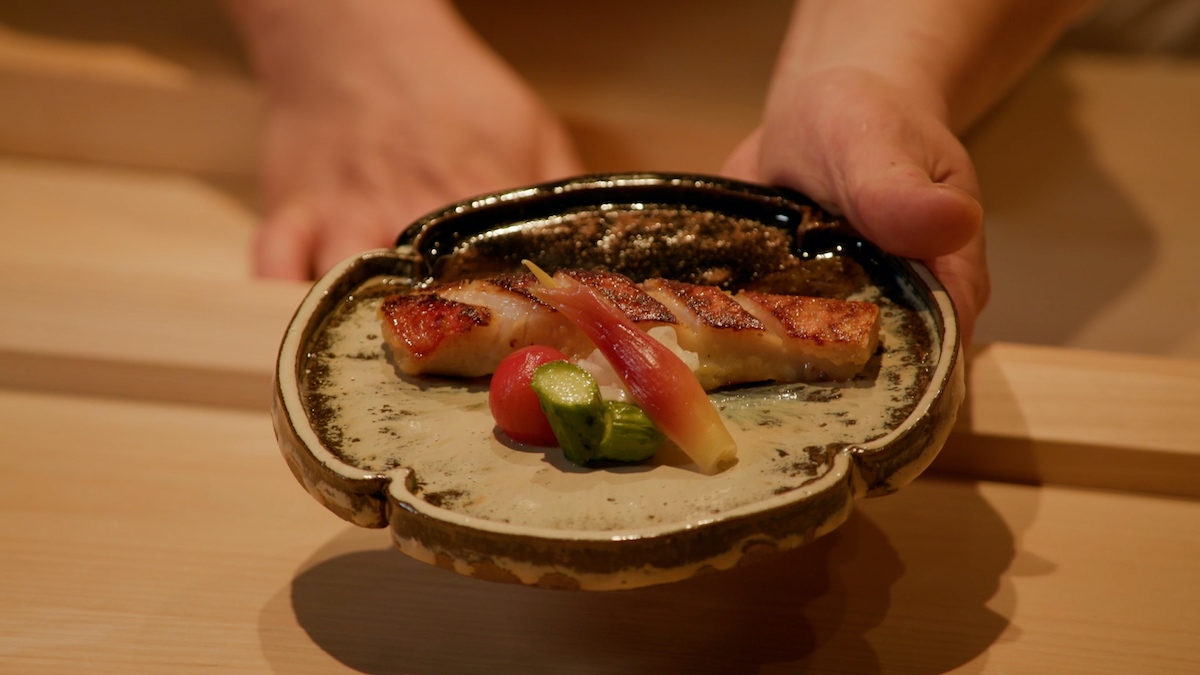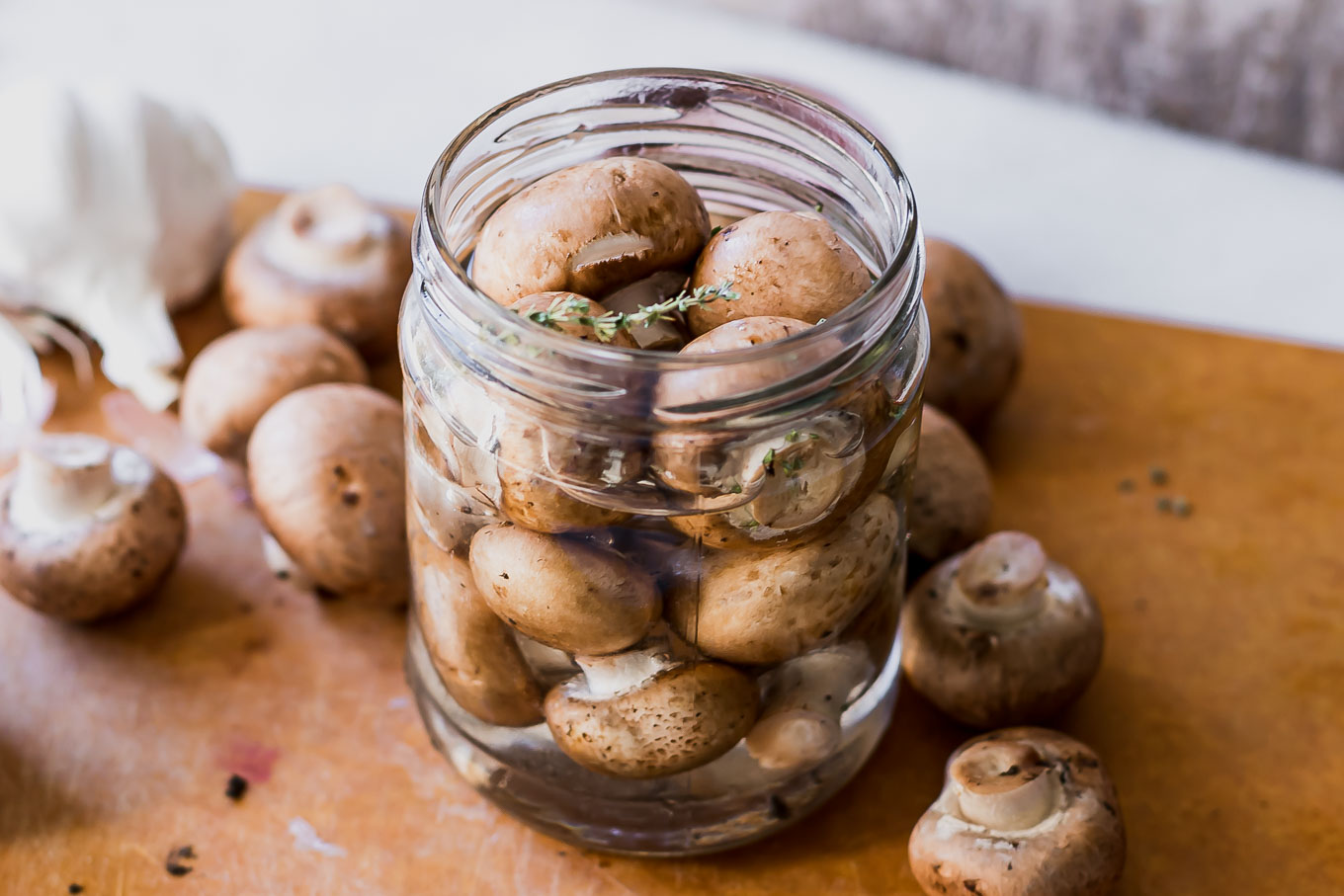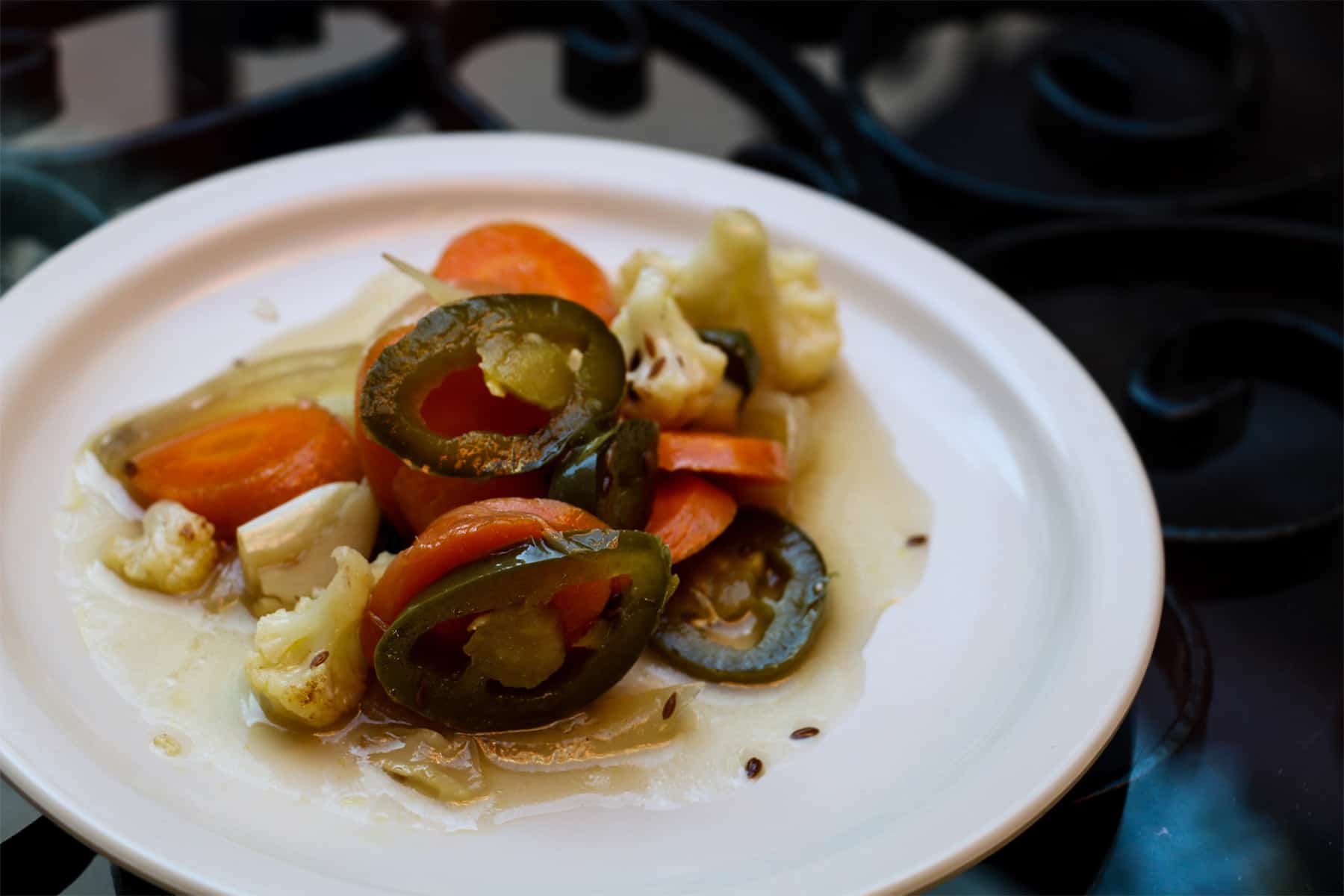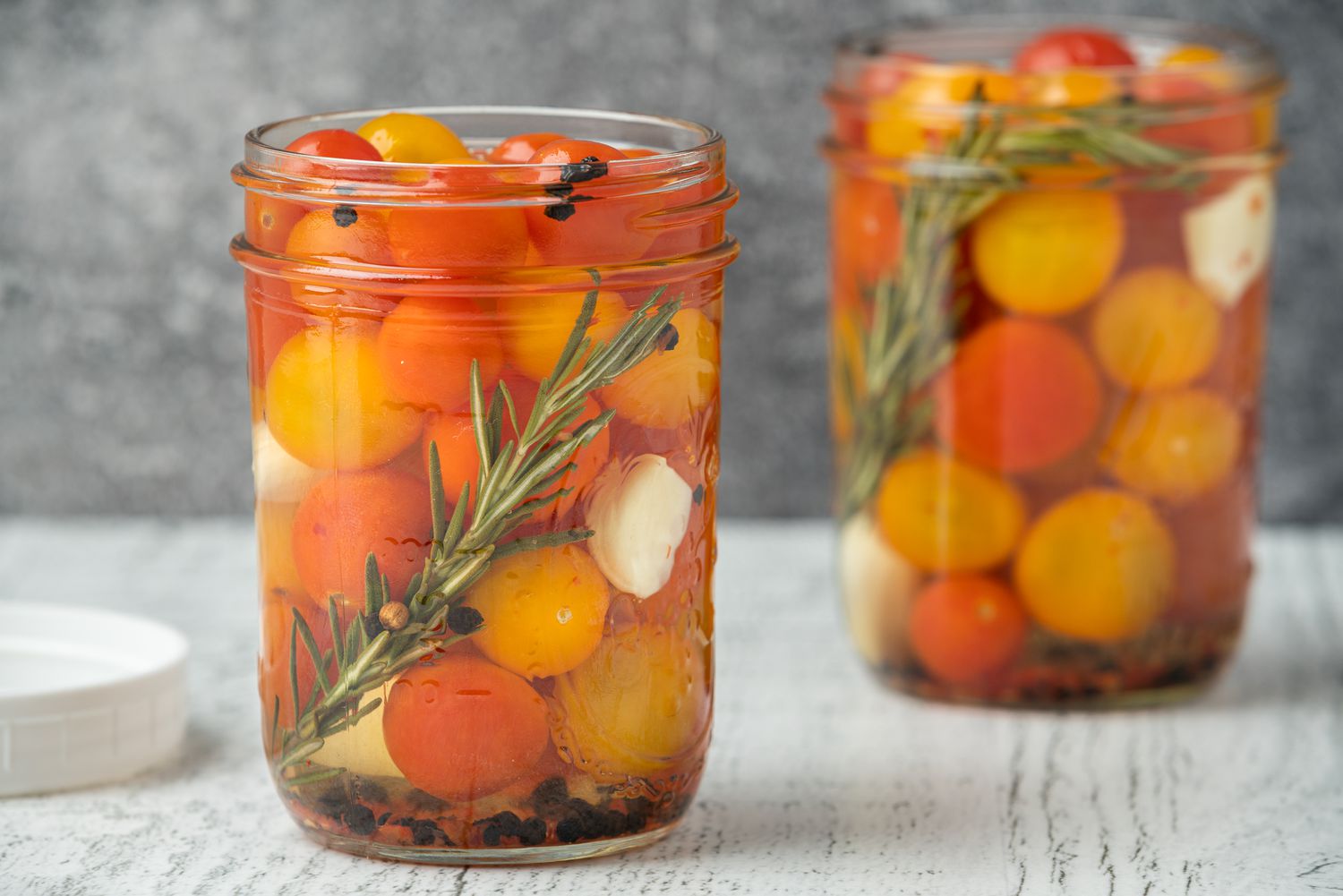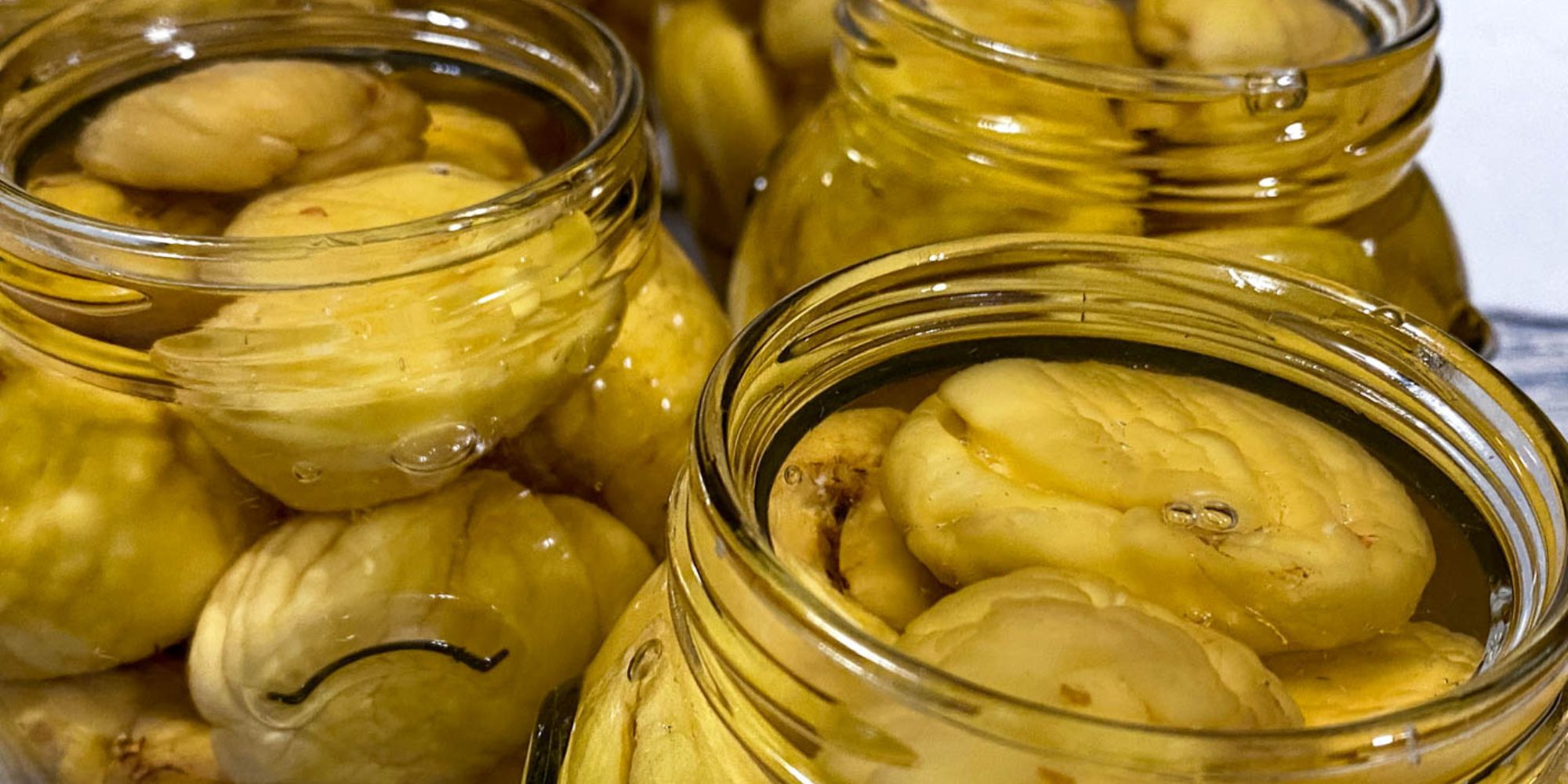Discover the Art of Pickling Korean Sides
Welcome to the wonderful world of Korean cuisine! One of the most delightful aspects of Korean food is the array of pickled sides that accompany every meal. These pickled sides, known as “banchan,” add a burst of flavor and texture to the dining experience. If you’re eager to learn how to pickle Korean sides at home, you’ve come to the right place. In this guide, we’ll explore the art of pickling Korean sides and provide you with the knowledge and skills to create these delicious accompaniments in your own kitchen.
Understanding Korean Pickling Techniques
Before we dive into the pickling process, it’s important to understand the traditional Korean pickling techniques. Korean pickling often involves the use of a variety of ingredients such as vegetables, fruits, and seafood, which are then preserved in a seasoned brine. This process not only imparts a unique tangy flavor to the ingredients but also helps to extend their shelf life.
Essential Ingredients and Equipment
Now that you have a basic understanding of Korean pickling, let’s gather the essential ingredients and equipment needed to get started:
- Vegetables or fruits of your choice (cucumbers, radishes, carrots, etc.)
- Sea salt or kosher salt
- Vinegar
- Sugar
- Garlic
- Ginger
- Chili flakes
- Glass jars or containers
The Pickling Process
Now, it’s time to roll up your sleeves and begin the pickling process. Here’s a simple step-by-step guide to pickling Korean sides:
- Prepare the Vegetables: Wash and cut the vegetables or fruits into your desired shapes, such as slices or sticks.
- Create the Brine: In a bowl, mix water, salt, vinegar, sugar, garlic, ginger, and chili flakes to create a flavorful brine.
- Combine and Pack: Place the prepared vegetables or fruits into the glass jars or containers, then pour the brine over them, ensuring they are fully submerged.
- Allow to Ferment: Seal the jars or containers and let the vegetables ferment at room temperature for a few days to develop their unique tangy flavor.
- Enjoy! Once the pickling process is complete, your homemade Korean sides are ready to be enjoyed with your favorite meals.
Exploring Flavor Variations
One of the joys of pickling Korean sides is the opportunity to experiment with different flavors and ingredients. While the traditional pickling process is delightful on its own, you can also add your own twist by incorporating additional spices, herbs, or even fruits to create unique flavor variations. Whether you prefer a spicy kick or a hint of sweetness, the possibilities for flavor exploration are endless.
Benefits of Homemade Pickled Korean Sides
Creating your own pickled Korean sides at home offers a multitude of benefits. Not only do you have full control over the ingredients and flavors, but you also get to enjoy the satisfaction of crafting a beloved Korean culinary tradition in your own kitchen. Additionally, homemade pickled sides are free from any artificial preservatives, ensuring a wholesome and natural dining experience.
Conclusion
As you embark on your pickling journey, remember that patience and creativity are key ingredients in the process. Whether you’re a fan of tangy kimchi, crunchy pickled radishes, or spicy pickled cucumbers, the art of pickling Korean sides is a delightful culinary adventure that you can savor and share with friends and family. So, gather your ingredients, embrace the traditional techniques, and let your creativity flourish as you pickle your way to a flavorful Korean dining experience!
Was this page helpful?
Read Next: How To Pickle Radishes
